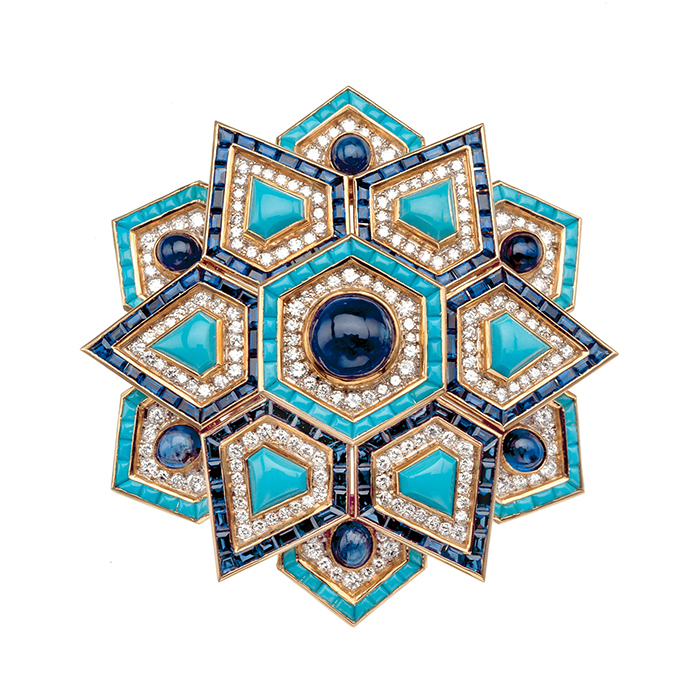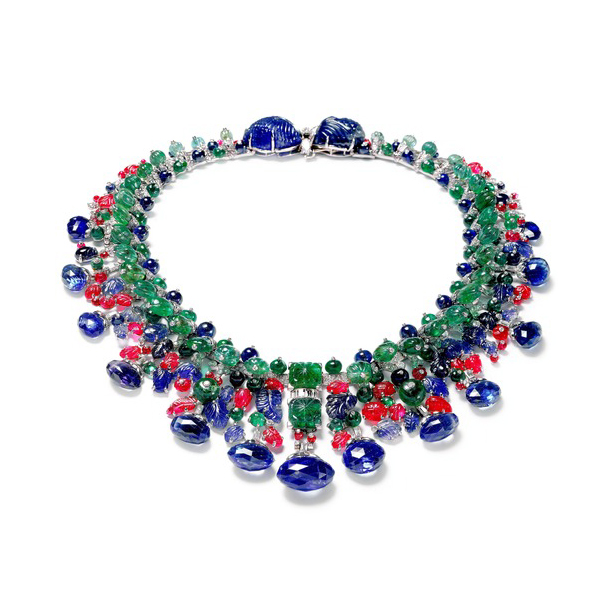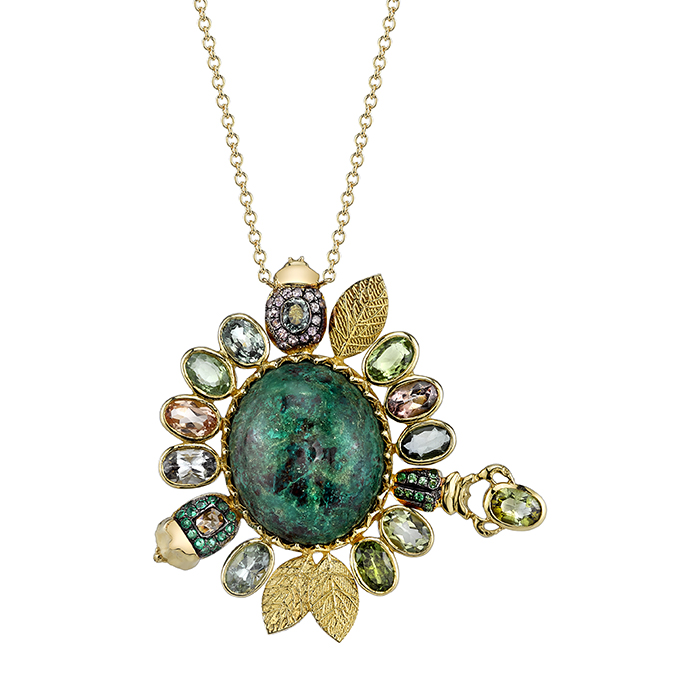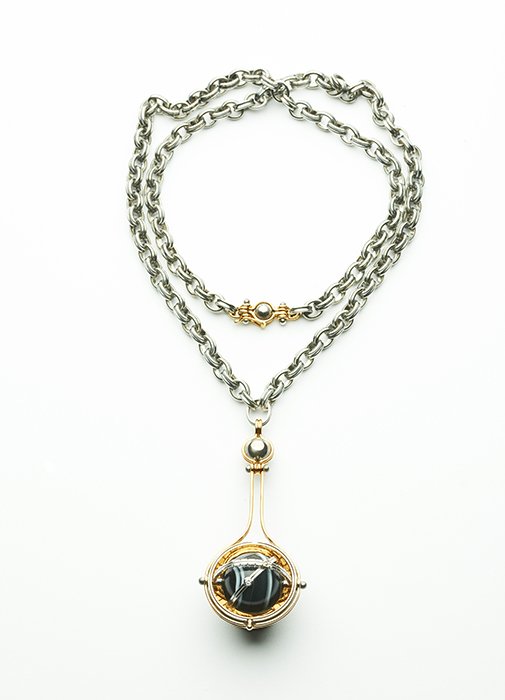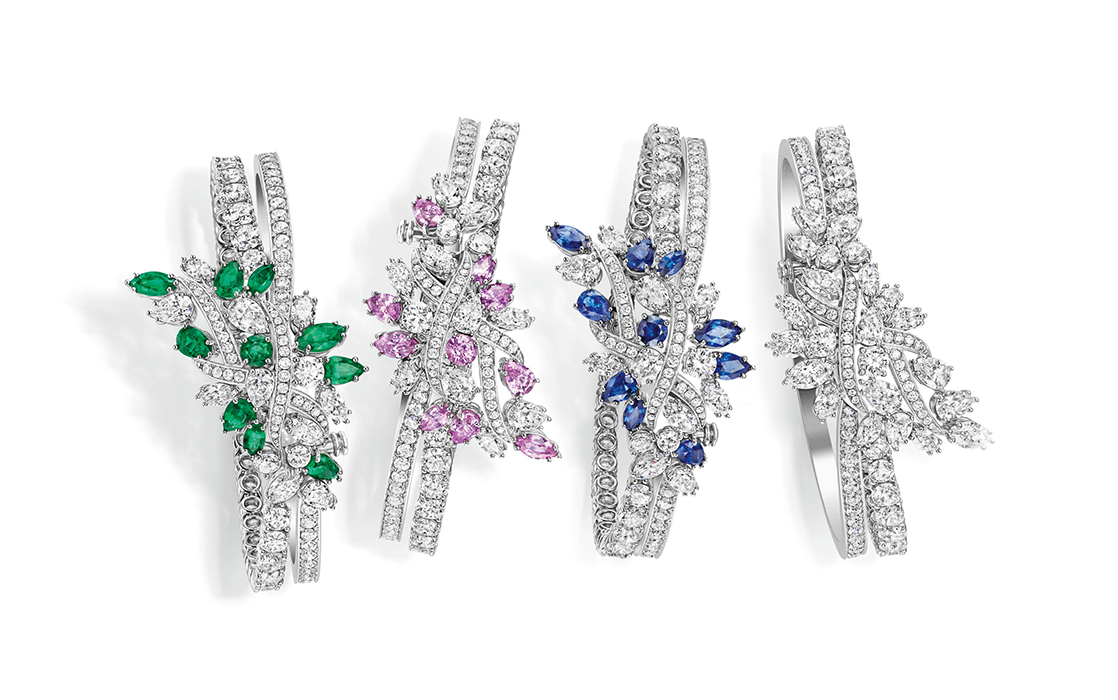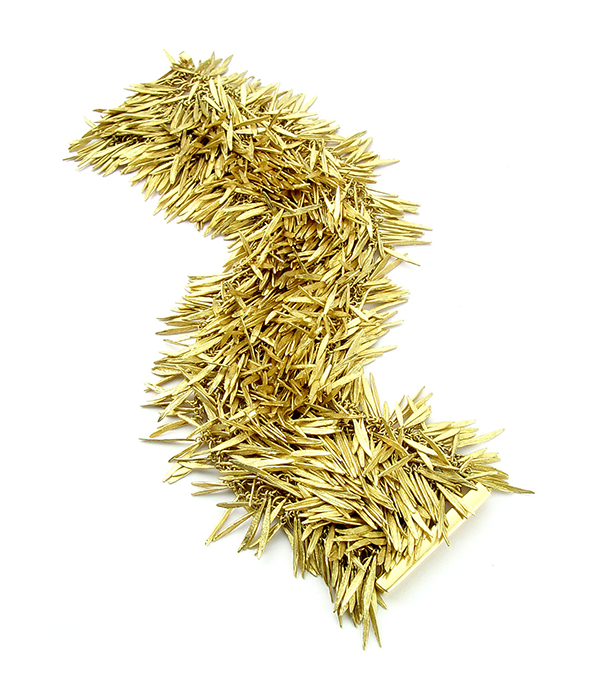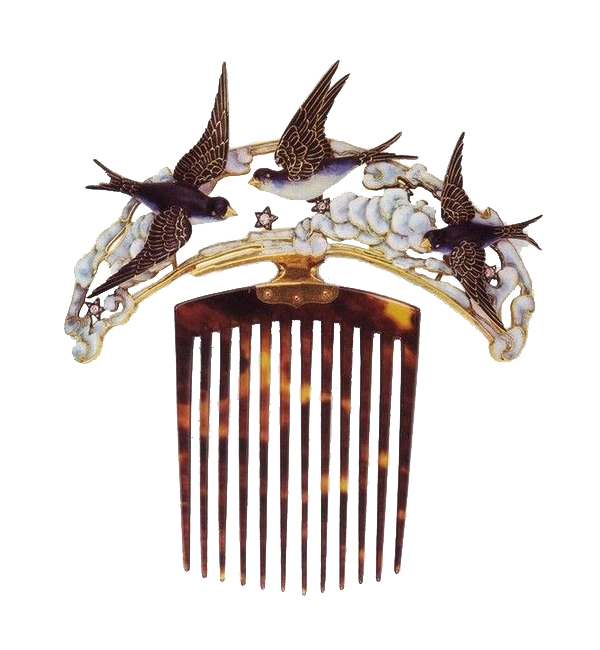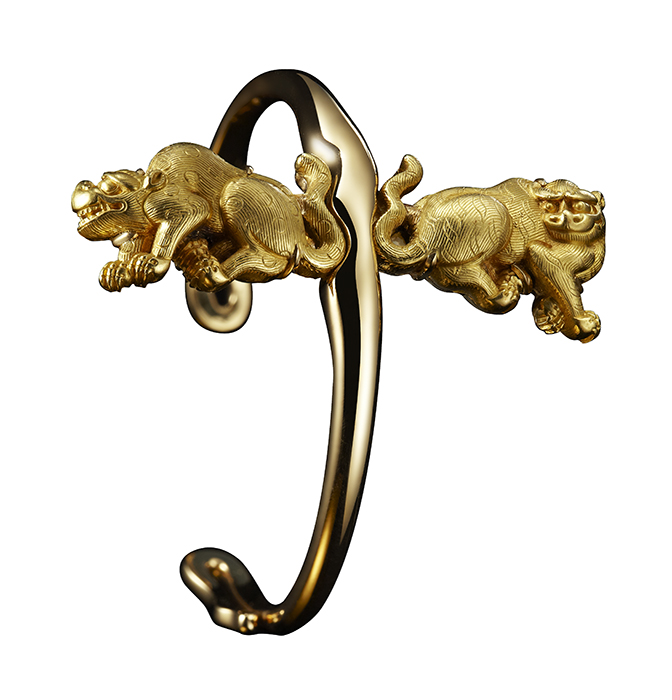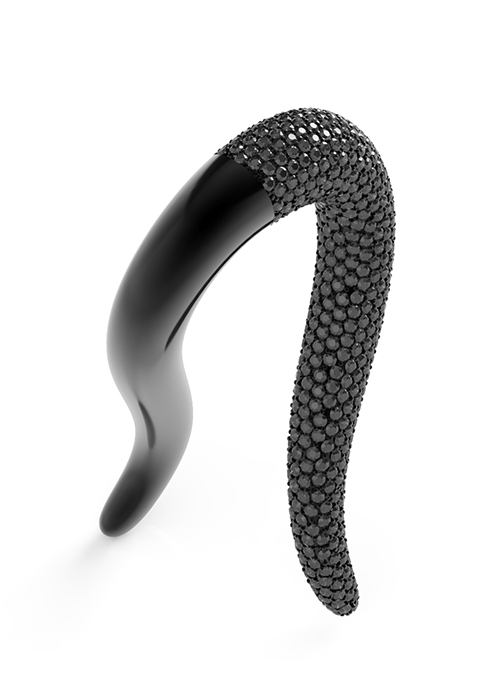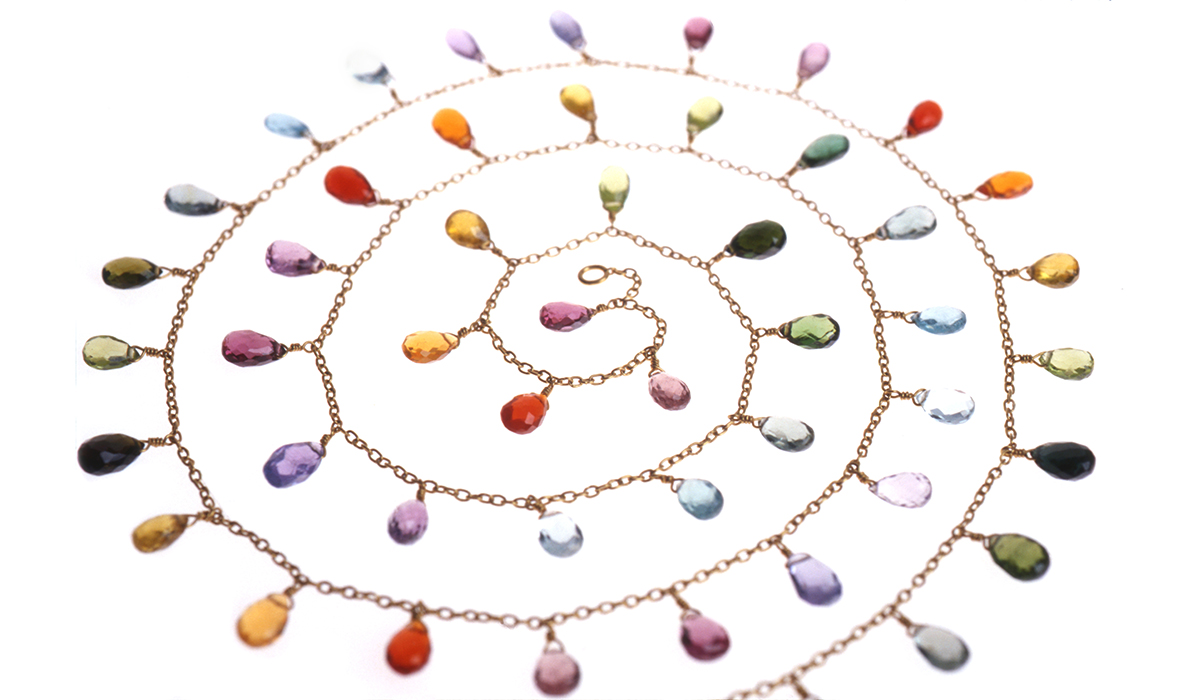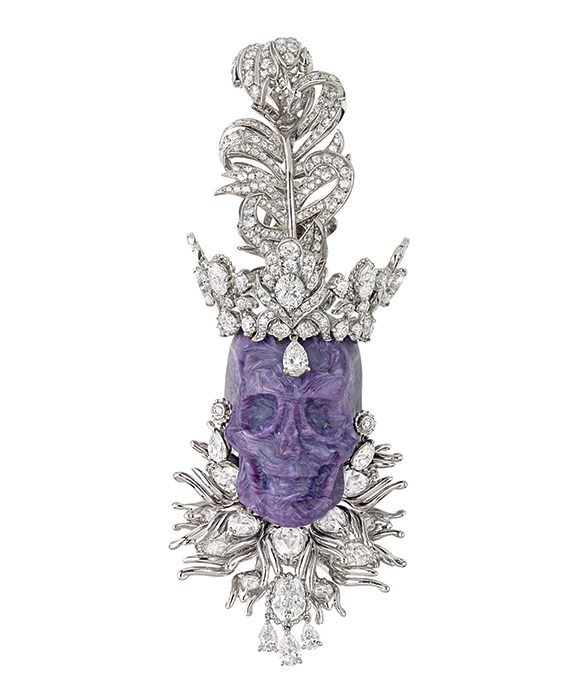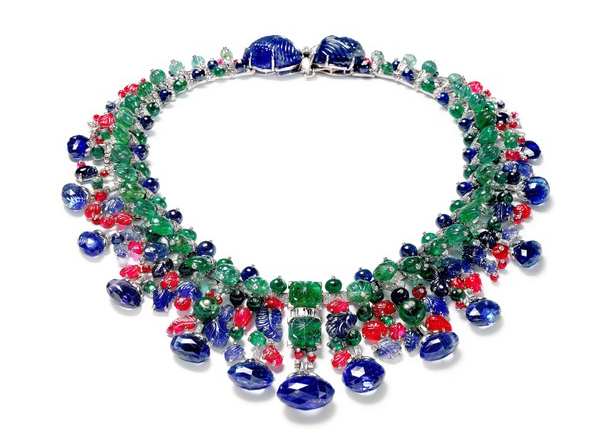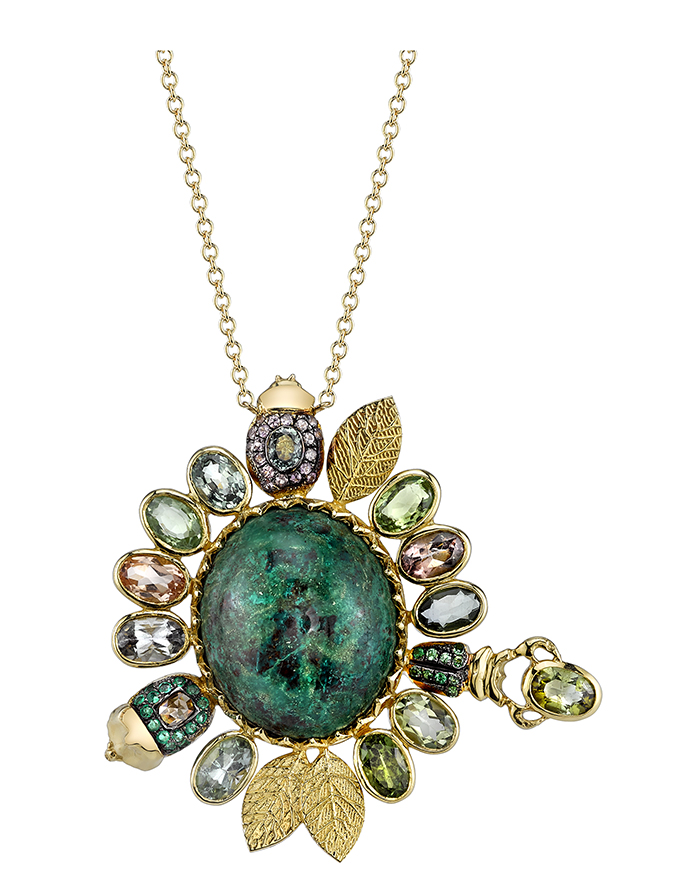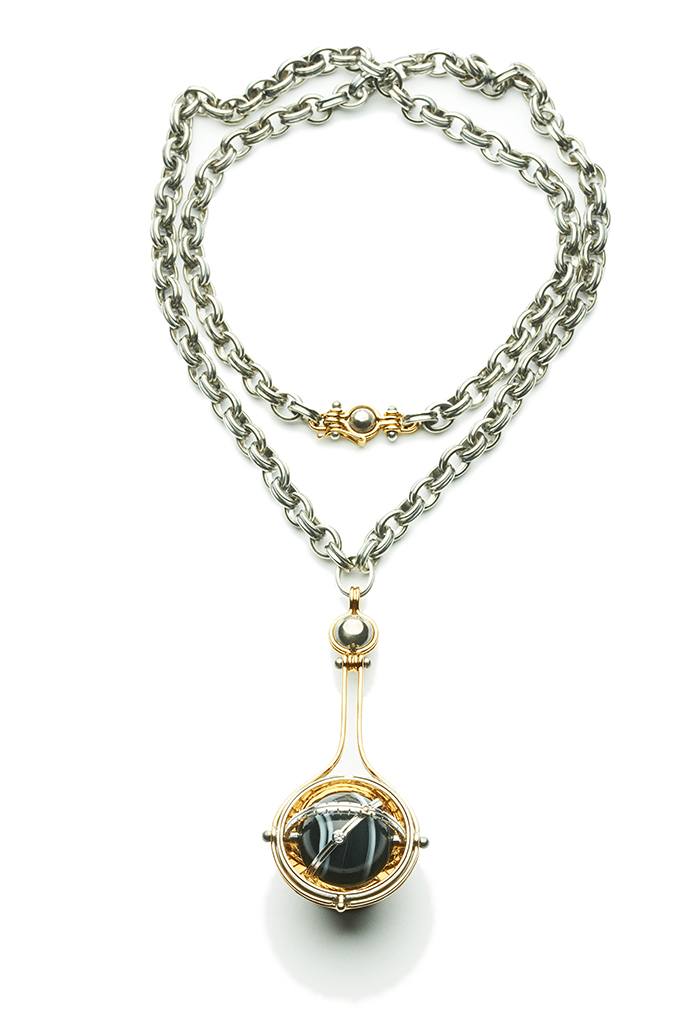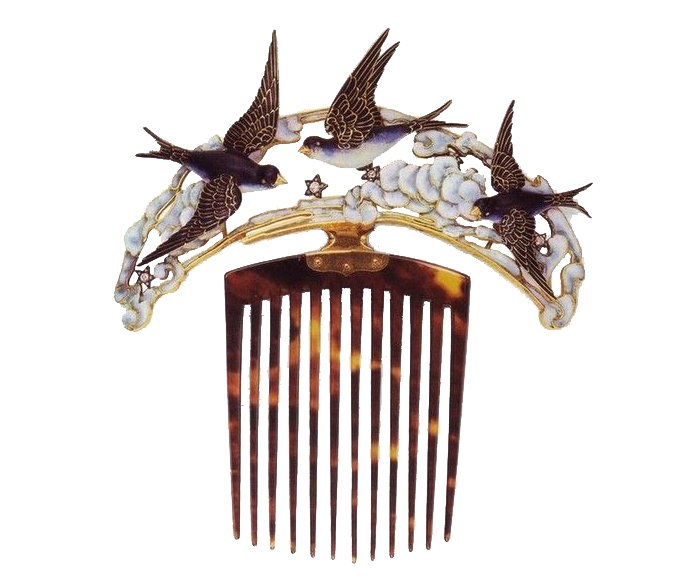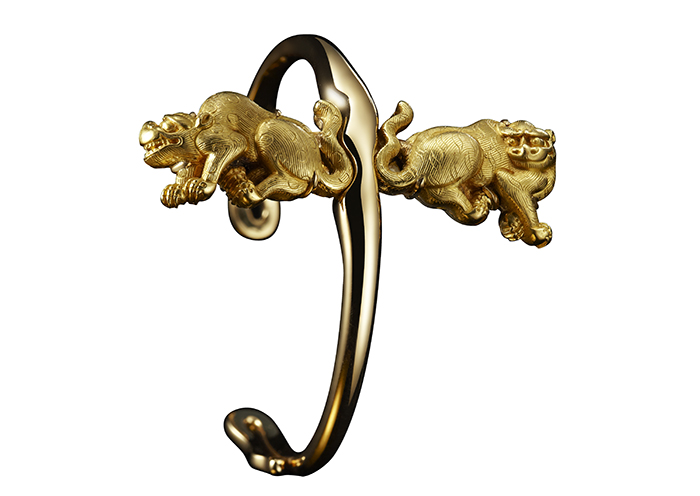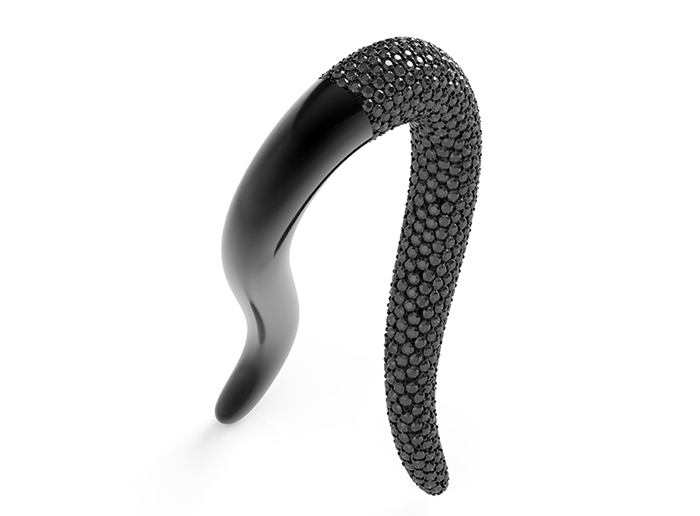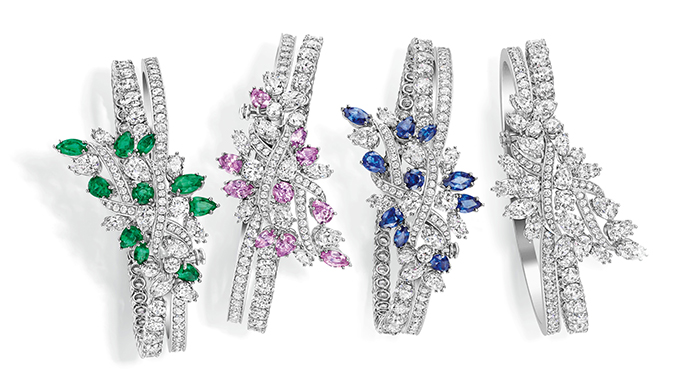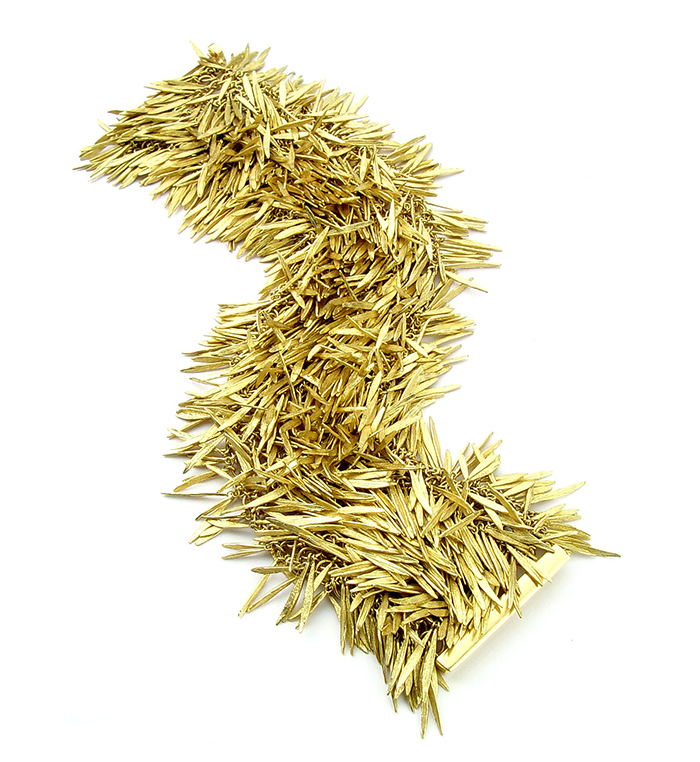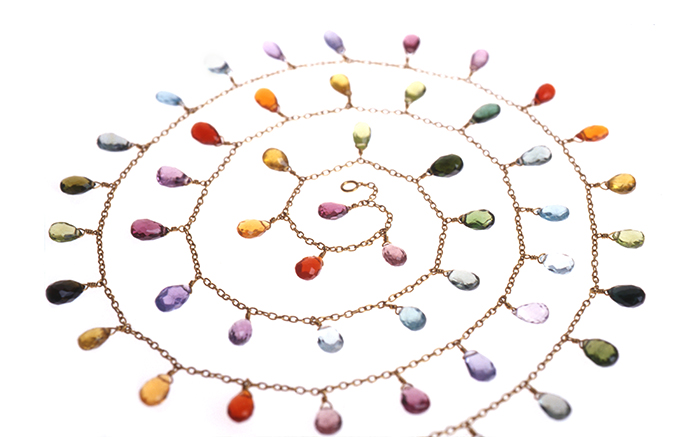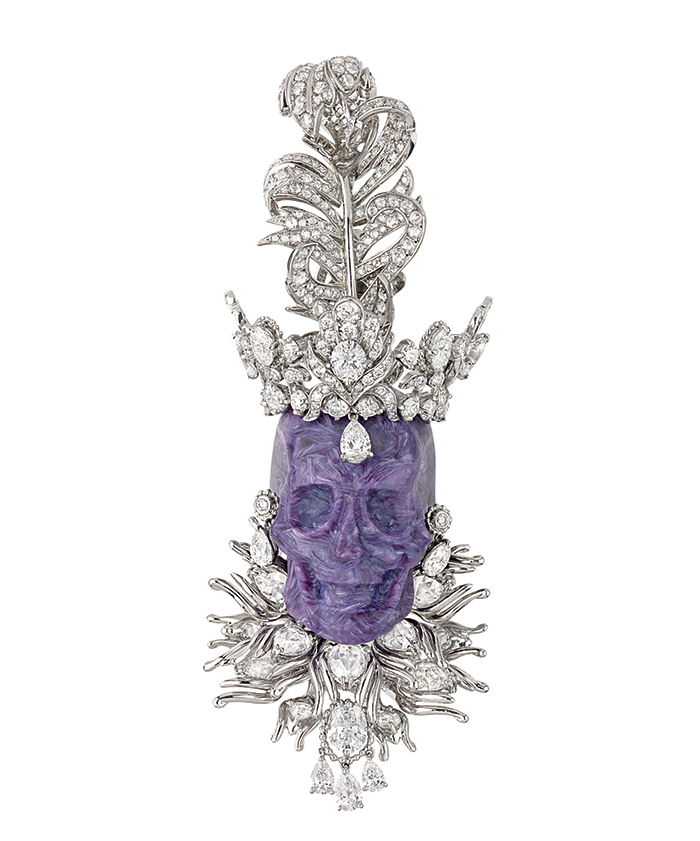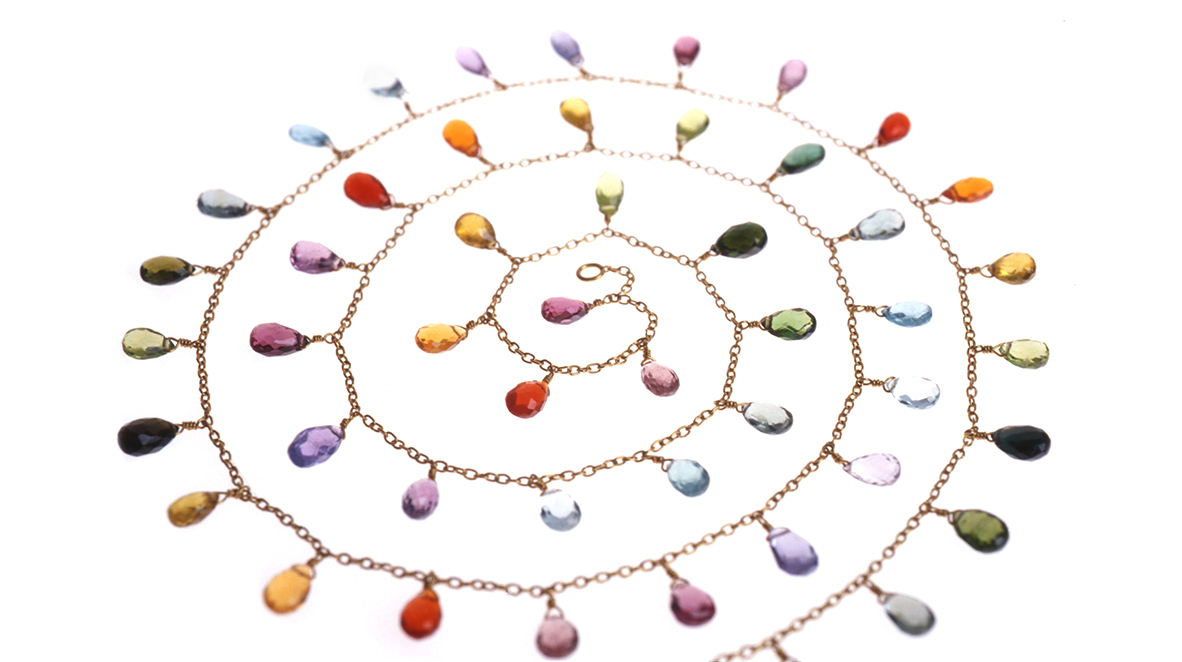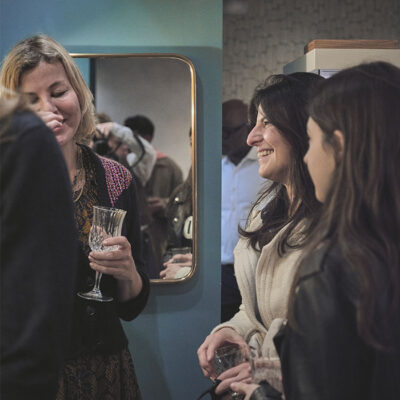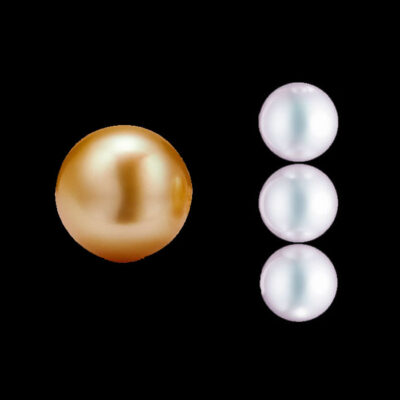Business
10 June 2016
Share
Ethno-jeweler voyages
Elsewhere… To stay on course, here are twelve emblematic jewels of jewelry’s favorite theme.
1. Lalique and Japan
Japanese culture at the forefront of the 1867 World Expo overturned aesthetic conventions and changed the way artists would see. Lalique’s first triumph came from a series of horn and ivory combs inlaid with gemstones and accented with enameled floral designs inspired by Japanese art. In this work, chrysanthemums echoe the hydrangeas and swallow designs.
2. Van Cleef & Arpels’ Egypt
The period most partial to exoticism was Art Deco. In the 1920s, the discovery of Tutankhamen’s tomb engendered a number of jewelry pieces inspired by Egypt. On this bracelet is the restored beauty of the painted scenes from the tomb, showing profiles of kneeling figures enhanced with symbols like the lotus flower, the Sphinx, the god Horus.
3. Cartier’s Tutti Frutti
In the early 1930s, Cartier created the Tutti Frutti. Now legendary, this piece is the fruit of a combination of engraved emeralds, once in the possession of the Mughal emperors, ruby balls, polished sapphire cabochons and diamonds together in a tangle of branches. Borrowing the green, red and white from Indian enameling, all formed a mixture of colors never-before- seen in the jewelry of that time.
4. Harry Winston’s Cluster
Surprising as it may seem, these bracelets were inspired by the idea of “elsewhere”. They are the heirs of an idea born in the years 1950 to 1970, when the US jeweler was in India buying gemstones from the maharajas. He met there, the Indian designer Shinde who he brought to New York and who successfully managed to synthesize his local jewelry style with Harry Winston’s ultra-minimalist aesthetic: the cluster representing bunches and stylized bouquets.
5. Bulgari’s indian colors
In the 1970s, voyages of initiation meant a great fashion for India, the Far East and the Americas. The Italian jeweler introduced a style of jewelry directly coming from Indian with polished cabochons in bold color combinations and smooth rounded settings.
6. Marie-Hélène de Taillac in Jaipur
In the early 2000s, the evocative power of India was still strong. In Jaipur, Marie-Hélène de Taillac drew inspiration from the Gem Palace, the place where Indian lapidaries squatting before their ancestral tool are surrounded by bags full of rough-cut gemstones. She borrowed their know-how and techniques that she infused into modern and easy to wear designs. She discovered the chromatic richness of gemstones and the briolette; a drop-shaped cut entirely faceted to better catch the light.
7. H. Stern’s Amazon
In 2004, Roberto, son of the Brazilian jeweler, stayed among Amazon Indians. He worked with a tribal chief and a sociologist on their myths and legends. From this came the “Purangaw” collection – the word for beauty in Tupi-Guarani. From this collection, the gold rainstick pendant, whose balls inside produce a sound similar to the one used by dancers to help them fall into a trance. On the bracelet under the golden feathers evoking the epic god Ratan, lies a golden toad, a symbol of fertility.
8. Victoire de Castellane’s imaginary kingdoms for Dior Joaillerie
Means of communication have not killed the fantasy of “elsewhere”, which is also moving and transforming. Victoire de Castellane transports us into unknown realms with names evoking precious stones. The pendants and colorful rings are named King of Charoite, Queen of Quartzor, Opalie or Crocidolior.
9. Pristine’s piercings
The brand’s creator, Lauren Rubinski, reinterprets tribal piercing with earrings like spears that are simple gold shafts stuck in the earlobe. Pure and very graphic, some are available with black and white diamonds, and others with pearls.
10. Daniela Villegas’s Peru
The Mexican designer, invited on an inspirational journey by the tourist office of Peru, has dedicated an entire collection to this country. It includes llamas and guinea pigs as motifs on pendants or in ceremonial designs in gold on an enamel bracelet. The centerpiece, a necklace featuring a chrysoprase surrounded by coca leaves and insects in gold, evokes the Machu Picchu.
11. Marc Auclert’s time travel
Old and antique elements constitute the starting point for each of his jewelry pieces. Fertility amulets in pink Syrian quartzite of the second century BC, Celtic coins, Chinese official seals from the third century, a couple of tigers, once the ornamentation from the hilt of a seventeenth-century Japanese sword: all are invitations to both geographic and time travels.
12. Elie Top’s universe
The exotic changes course. Elie Top’s jewelry speaks of the universe, a new “elsewhere” populated with stars and planets. The jewels are formed by diamond-set orbits, which are articulated and intertwined around an axis. With such names as Pluto, Flying Saucer and Five Planets. Between figurative and abstraction, poetry and scientific rigor.


